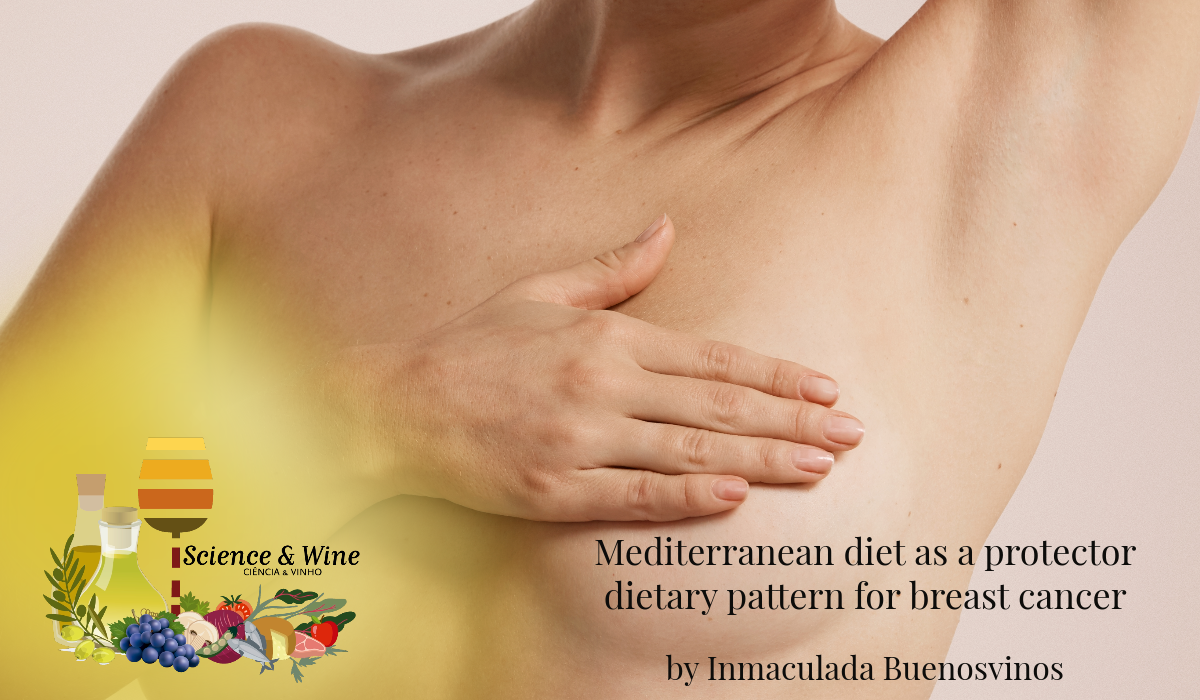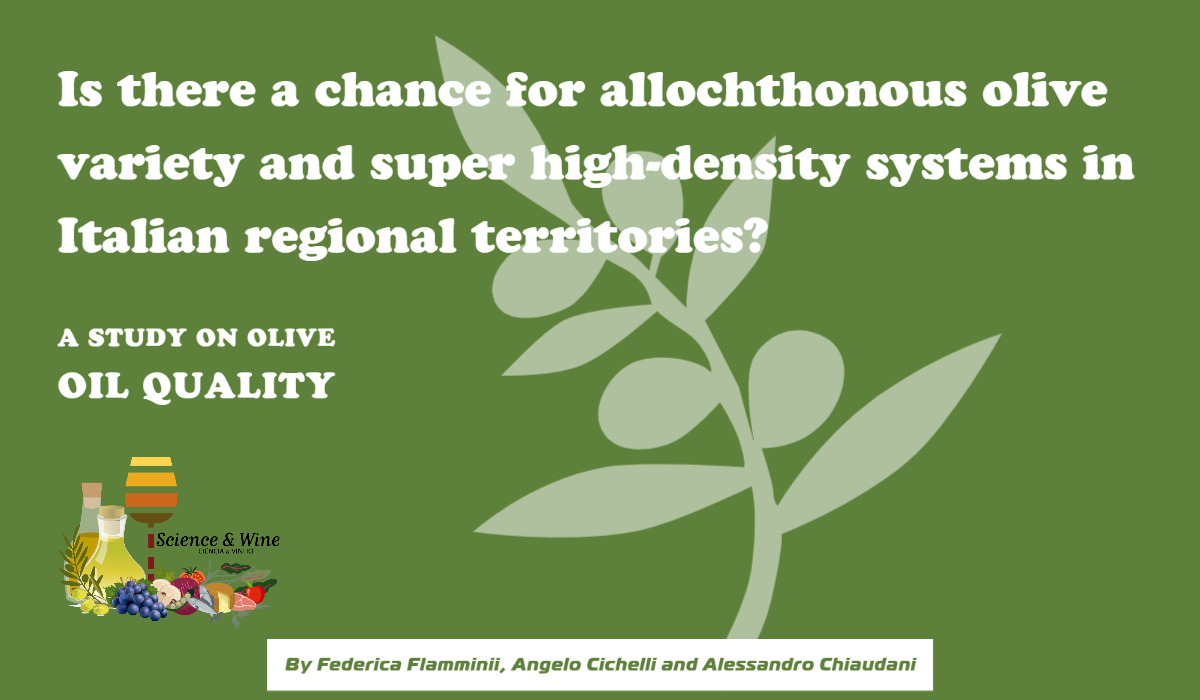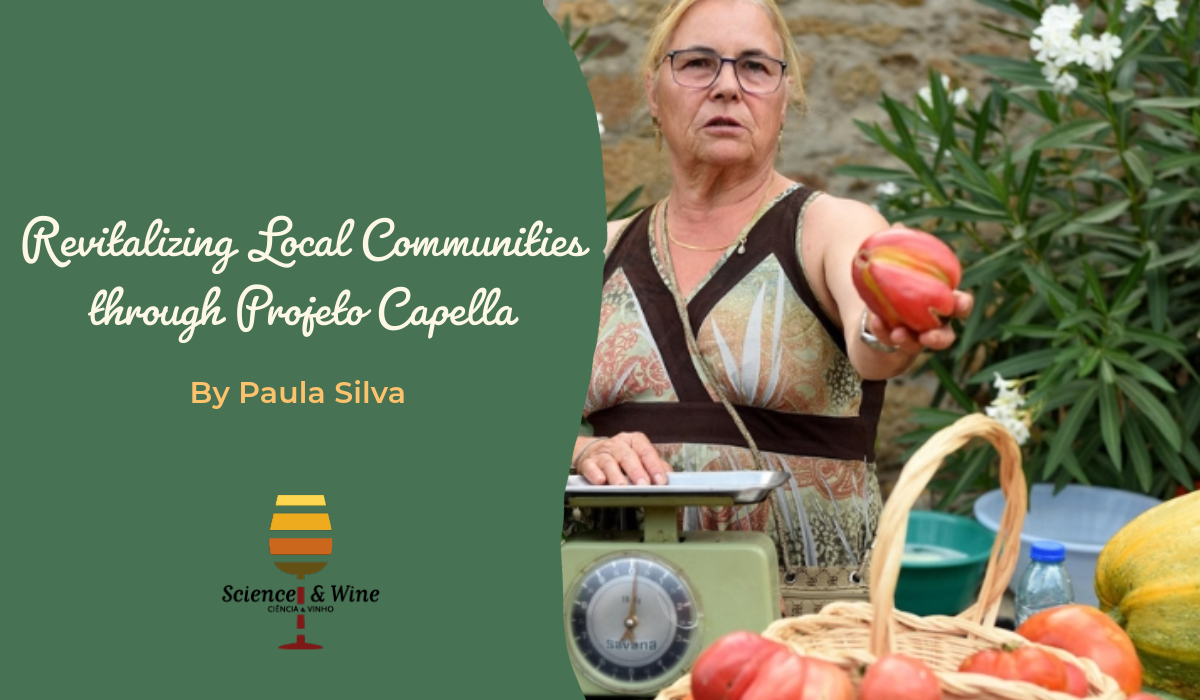Discover how @Greengrape’s Projeto Capella is reshaping local development through sustainable initiatives. In this post we uncover the essence of Project Capella and its impact on local communities. Together, let’s embrace a journey towards sustainability, one step at a time.

Nutritional Composition and Bioactive Compounds in Tomatoes and Their Impact on Human Health and Disease: A Review
Join us in celebrating the return of the “Tomate Coração de Boi do Douro” on August 25th at Quinta do Seixo, hosted by Sogrape in Tabuaço. The highly anticipated competition that highlights the exceptional qualities of the Tomate Coração de Boi do Douro is back, bringing together experts to crown this season’s finest tomato. The judging panel includes renowned chefs, oenologists, journalists, and other gastronomy enthusiasts. This tradition has become a cherished occasion for Douro wine producers, visitors, and tourists alike, all coming together to revel in an array of flavours centred around tomatoes and wines from participating vineyards. 🍅
Curious about the health benefits of tomatoes? We’ve delved into the advantages of tomato consumption, summarized in the article titled “Nutritional Composition and Bioactive Compounds in Tomatoes and Their Impact on Human Health and Disease: A Review” We extend a warm invitation to all to relish in the goodness of tomatoes, to cheer on Science & Wine as they compete for the “Tomate Coração de Boi do Douro” title, and to come together on August 26th in the village of Arroios, Vila Real, where the festivities continue under the umbrella of the Capella Project. Join us for a tomato tasting alongside exquisite olive oil and sea salt, hosted in the chapel. The event also includes the Capella Market – showcasing Douro DOC and Porto wines, delectable bites, tasting sessions, and the sale of local and regional products. Shall we rendezvous there? Admission is free. 🍅

Food and Nutrition Literacy: Exploring the Divide Between Research and Practice
This study addresses the growing recognition of the importance of food and nutrition literacy, while highlighting the limited research in this field, particularly the gap between research and practice. Existing studies have primarily concentrated on defining and measuring food or nutrition literacy. Although interventions targeting food and nutritional literacy have shown promise in promoting healthy eating, further research is required to identify effective approaches in diverse populations and settings. This study emphasizes the need for additional research to measure intervention program efficacy to enhance the policies and practices in this critical area of public health. These findings underscore the importance of understanding food/nutrition literacy and developing effective interventions to promote healthy eating habits. By bridging the research–practice divide, this study provides valuable insights for policymakers, practitioners, and researchers to address the gaps and improve food/nutrition literacy in various contexts.

Mediterranean diet as a protector dietary pattern for breast cancer
Cancer is currently the most common cause of premature mortality in most developed countries and ranks second in terms of global mortality, accounting for 9.6 million deaths in 2018. Moreover, the incidence of cancer is expected to increase as the population ages. Among environmental factors, cumulative lifetime exposure to oxidative damage has been suggested to be involved in both cancer initiation and progression. Diet, a potentially modifiable lifestyle risk factor, may contribute up to 35% of cancer cases, which highlights opportunities for cancer incidence prevention.

Highlights from the 3rd Science & Wine World Congress on Sustainability in Wine Production and Food Systems
The 3rd Science & Wine World Congress on Sustainability in Wine Production and Food Systems was held in Porto/Douro, Portugal from June 14 to 16, 2023. The congress focused on addressing the challenges and opportunities of sustainability in the wine industry and food systems, particularly in the Mediterranean region. Esteemed speakers, including professors, researchers, and industry leaders, gathered to share their insights and research findings.

Is there a chance for allochthonous olive variety and super high-density systems in Italian regional territories? A study on olive oil quality
The transition to a sustainable economic and environmental management of olive oil sector needs to be implemented in both national and regional territories through the introduction and development of innovative growing systems and variety. In this study, the olive oil quality parameters of local and allochthonous varieties cultivated in different orchards located in the Abruzzo region (Italy), using traditional and super high-density systems, were analyzed. Frantene, Lecciana, Koroneiki, and a mix of Arbequina and Lecciana provided olive oils rich in flavonoids and secoiridoids compounds with respect to the local varieties Frantoio, Leccino, and a mix of Dritta, Leccino, and Pendolino. Oleic/linoleic ratio was influenced by cultivar and training systems with super high-density olive oils rich in oleic acid. Frantene showed a peculiar fatty acid profile different from cultivars grown in the same location; moreover, interesting similarities were found between Frantene and the mix of Dritta, Leccino, and Pendolino in terms of health-related compounds. The potential development of innovative sustainable training system to improve olive oil quality was highlighted. The study’s results identify olive varieties suitable for super high-density systems spread in the Abruzzo region, representing a valid alternative for the olive growers to improve both the quality of the olive oil, as well as the company’s income.

3rd Science & Wine World Congress
We invite you to join us at the 3rd Science & Wine World Congress and experience the insightful presentations of our esteemed guest speakers. Mark your calendars for June 16th, where Quinta do Ventozelo will provide the perfect backdrop for a memorable day filled with captivating discussions, delectable cuisine, and the inspiring presentation of the Humanwinety project.
Don’t miss this opportunity to be part of the transformative journey towards sustainability and inclusivity in the Mediterranean region. Submit your abstracts and secure your place at the Congress today!

Phenolic Compounds from Virgin Olive Oil: Approaches for their Synthesis and Analogues
Virgin olive oil (VOO) is the main fat consumed by populations in the Mediterranean basin, and phenolic compounds, minor components of this fat, are known to be responsible for diverse health benefits when consumed in a regular diet. According to numerous investigations, these benefits are mostly related to phenols such as tyrosol and hydroxytyrosol and secoiridoid derivatives such as ligstroside, oleuropein, oleocanthal and oleacein. These compounds are present in low concentrations, and for some of them, standards are not commercially available, hampering studies on the mechanisms underlying their biological activity. In order to contribute to a better knowledge of the bioactivity of these compounds and their metabolites, they must be available with high purity and in sufficient amounts for the assays. Chemical synthesis has been considered a convenient way to obtain these compounds. This Review will focus on the synthesis of representative VOO compounds, namely, ligstroside, oleuropein, oleocanthal, oleacein and analogues.

Extra Virgin Olive Oil: Thermal Effects vs Region of Cultivation
Extra virgin olive oil is one of the superlative due to its health benefits. In this work, the Fluorescence spectra of extra virgin olive oil (EVOO) from different olive growing regions of Pakistan and Al-Jouf region from the Kingdom of Saudi Arabia (KSA) were obtained. The results demonstrated fluorescence spectroscopy as a quick, cost-effective and reliable approach to assess the quality and thermal stability of EVOO. These characteristics of fluorescence spectroscopy may lead to the development of portable device for the onsite monitoring of EVOO.

High adherence to the Mediterranean diet is associated with higher physical fitness
Although prior research has synthesized the relationships between the Mediterranean diet (MD) and components of physical fitness (PF) in adults, they are limited and inconclusive. This post reports the results of a study aimed to synthesize the associations between high (compared with low) MD adherence and PF levels with each of its components (cardiorespiratory, motor, and musculoskeletal) in adulthood.

